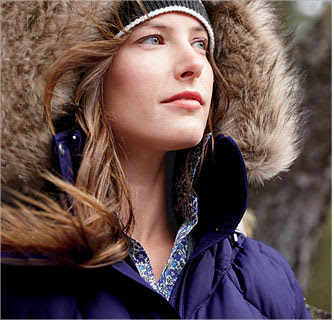Right out of the box most cameras are set to AUTO. This is so most of us can charge a battery, insert a memory card, and start taking pictures. You may get a few good pictures, but none will really jump out at you. Why? Well the reason is, AUTO could have been labeled AVERAGE, because that's what the camera does. It averages most settngs for the ambient conditions. AUTO even activates the on-camera flash, if it thinks it is necessary. Your camera may have other presets for different scenes, e.g. portrait, landscape, flower, night-time portrait, etc. These scene modes are actually sets of aperture, shutter speed, and ISO settings for different ambient conditions. If you have a DSLR, you probably also have the modes, P, A, S, and M.
P is program mode, meaning you may adjust a setting and the others will be calculated. By default flash is usually turned off in this mode. This mode is a good one, if you are out walking around in changing light conditions.
A is aperture priority. You set the aperture and the shutter speed is calculated for you. Flash is off, unless you specifically turn it on.
S is shutter priority. You set the shutter speed and the aperture is calculated for you. Flash is off, unless you turn it on.
M is manual. Here, you get to set aperture and shutter speed. In any of these modes ISO can be automatic or manually set, depending on how your camera is set up.
Ninety percent of my shooting is done in A-mode, so I can control the depth of field -- I like a nice bokeh (out of focus area behind my subject). Another small percentage is shot in S-mode, so I can freeze the action at 1/1000 of a second or faster. The balance is shot in manual mode. If you are shooting in AUTO, then my tip is to try some of the other modes. Experiment a little. You may like the results.
[Back to the Main Site]





